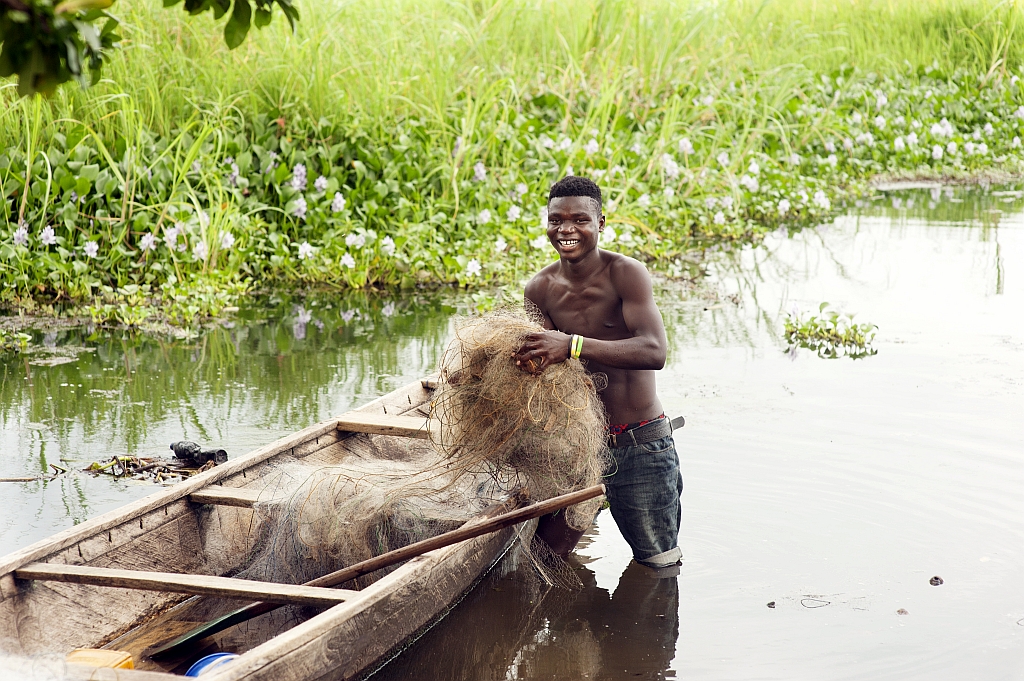A better way to win against water challenges

A string of recent water disasters – from the crisis in Cape Town to the dam collapse in Laos – has thrown into sharp relief the need for more reliable options to achieve water security worldwide. One standard response is to boost expenditures on dams and other “grey” infrastructure. After all, this is a proven way to deliver economic benefits – from hydropower generation, for example – though it may have a downside in terms of the risks for local communities and the environment.
To achieve water security for all and not just for some, however, we need to bank as well on other options that use nature’s own resources to temper its extremes and reap more of its benefits. Some of this “natural” or “green” infrastructure meets the eye, like wetlands and floodplains, while much of it is hidden belowground in the form of aquifers. Bringing the value of these resources out in the open is a key first step toward changing attitudes and fostering informed action. This is what we at the International Water Management Institute (IWMI) strive to do with our partners around the world.
To underline the wide variety of nature-based solutions available, IWMI researcher Karen Villholth has published an opinion article in The Conversation. Some of the approaches she describes come from a portfolio of 18 groundwater-based natural infrastructure solutions, which show promise for improving water storage, quality and retention as well as environmental services. Karen and various partners in the IWMI-led Groundwater Solutions Initiative for Policy and Practice (GRIPP) assembled the portfolio for presentation at World Water Week 2018, held in Stockholm during late August.
Read the opinion article in The Conversation

